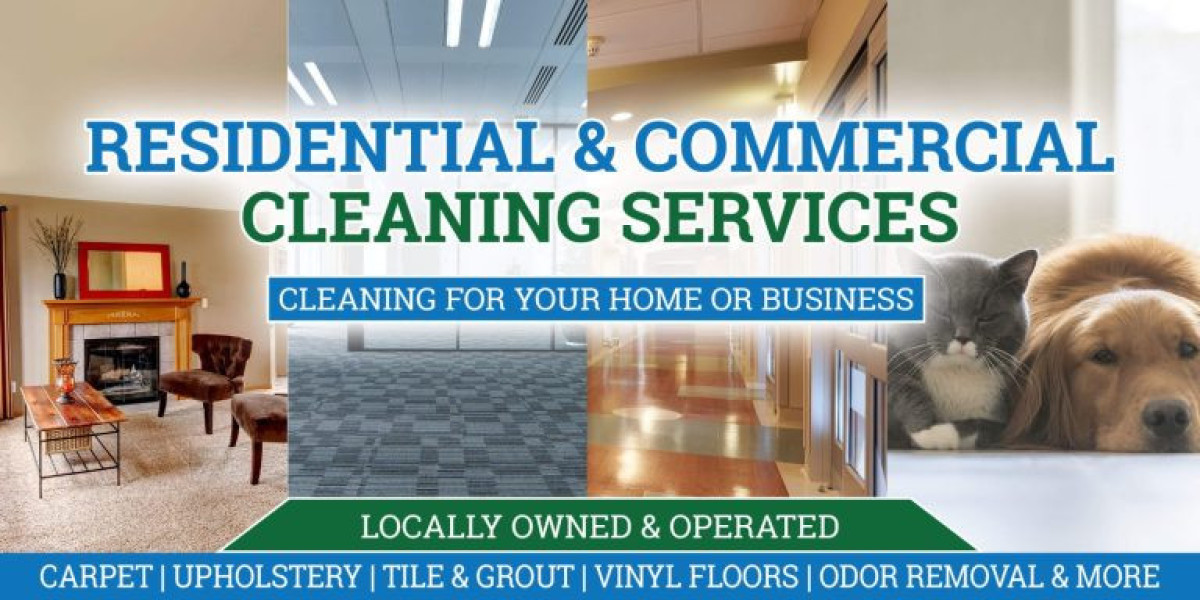The burgeoning popularity of at-home aesthetic services in North Carolina, offering treatments like microneedling and lip fillers directly to consumers in their homes, has ushered in a new era of convenience and personalization in beauty care. However, this innovative approach to aesthetics also necessitates a careful navigation of the regulatory landscape governing medical and cosmetic treatments. This article delves into the legal and ethical considerations, the importance of provider qualifications, and the standards ensuring client safety and satisfaction.
Understanding the Legal Framework
The provision of at-home aesthetic services falls under the broader umbrella of medical and cosmetic treatments, which are regulated by state and federal laws. In North Carolina, as in many states, there are specific guidelines that govern who can perform these treatments, the type of supervision required, and how these services can be marketed to the public. These regulations are designed to protect consumers by ensuring that only qualified professionals administer treatments and that they do so in a safe and ethical manner.
Provider Qualifications and Training
One of the critical aspects of the regulatory landscape is the emphasis on provider qualifications. Individuals offering at-home aesthetic services must possess the appropriate medical credentials, which typically include being a licensed nurse, nurse practitioner, physician assistant, or doctor. Furthermore, these professionals are required to undergo specialized training in cosmetic procedures, ensuring they have the expertise to deliver treatments safely and effectively. The stringent requirements for provider qualifications serve as a safeguard for clients, ensuring they receive care from individuals with the necessary medical background and expertise.
Ensuring Safety and Compliance
At-home aesthetic service providers must adhere to strict safety protocols to comply with regulatory standards. This includes using sterile equipment, ensuring the proper storage and handling of substances like Botox and fillers, and maintaining detailed records of treatments provided. Providers must also have protocols in place for managing potential complications, ensuring clients have access to appropriate follow-up care if necessary. These measures are critical for protecting clients and ensuring that at-home treatments meet the same safety standards as those provided in traditional clinic settings.
Client Rights and Informed Consent
A key component of the regulatory framework is the protection of client rights, including the right to informed consent. Before undergoing any treatment, clients must be fully informed about the procedure, including its benefits, risks, and any potential side effects. This information allows clients to make educated decisions about their care, ensuring they have a clear understanding of the treatment process and its implications.
The Role of Regulatory Bodies
State medical boards and professional regulatory bodies play a crucial role in overseeing at-home aesthetic services. These organizations are responsible for enforcing regulations, investigating complaints, and taking disciplinary action against providers who fail to meet professional standards. Their oversight ensures that at-home aesthetic services are provided in a manner that prioritizes client safety and adheres to the highest ethical standards.
Looking Ahead: The Future of Regulations
As at-home aesthetic services continue to grow in popularity, there may be developments in the regulatory landscape to address new challenges and opportunities. This could include updated guidelines for telehealth consultations, advancements in treatment technologies, and evolving consumer protection laws. Staying informed about these changes is crucial for both providers and clients to ensure that at-home aesthetic services remain safe, effective, and compliant with state and federal regulations.
In conclusion, the regulatory landscape of at-home aesthetic services in North Carolina plays a vital role in ensuring that these innovative treatments are delivered safely, ethically, and effectively. By understanding the legal framework, prioritizing provider qualifications, and adhering to safety standards, concierge aesthetics can offer a compelling alternative to traditional clinic-based treatments, blending convenience with the highest standards of care.








